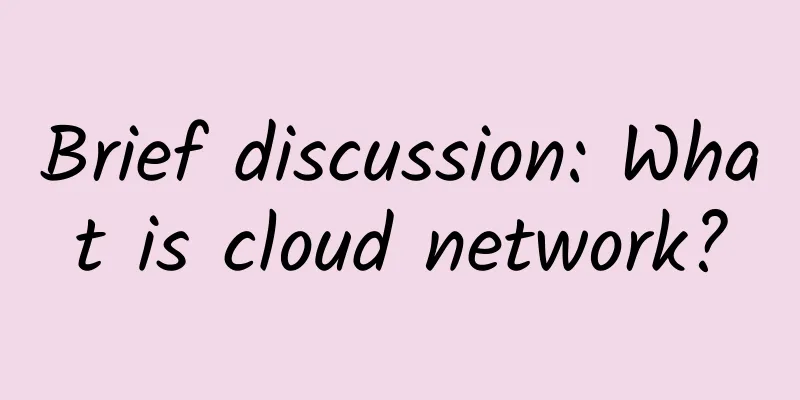5G in 2021: Expectations and Developments

|
5G is the fastest growing mobile technology in history, with adoption four times faster than when LTE was introduced, 5G Americas observes in a new report. For impatient customers, 5G and the new applications it will provide can’t come to their communities fast enough. In fact, the growth of 5G networks and devices is far faster than the growth of 4G LTE over the same period. Here’s a quick history review: 5G networks began launching around the world in 2019. By 2020, U.S. carriers will have deployed 5G networks nationwide (covering 200 million POPs), 5G-enabled flagship devices have proliferated, and early 5G use cases have emerged. In contrast, LTE networks first launched in the U.S. between 2009 and 2010, ultimately fueling the rapid growth of social media use through mobile devices that peaked about five years ago, as well as the development of new, society-changing applications such as ride-sharing services like Uber, which launched in 2009 and reached its first billion trips in 2015. Samsung expects that in 2021, 5G networks will develop in a standalone direction and the 5G ecosystem will be further developed, including applications that take full advantage of the transformational possibilities of 5G. One of the most critical factors in the development of 5G applications in the coming year will be the type of spectrum available in each country. In order to have a network that can realize the full potential of 5G, you need to have the right balance of low-band spectrum below 1GHz for large-scale coverage; mid-band spectrum between 1-6GHz for a mix of capacity and coverage; and high-band or millimeter wave spectrum for low latency and extremely fast speeds. To address the wide range of 5G use cases and applications in both consumer and commercial sectors, a combination of all three spectrum types, as well as network architecture enhancements such as edge computing resources, is critical. In the United States, the conclusion of the ongoing C-band auction will provide U.S. operators with a key path to more mid-band spectrum. We’ve already seen 5G applications gain traction with consumers, and in the near future, Samsung expects 5G to have a huge impact on the enterprise. From healthcare to logistics, many enterprise applications require the low latency, ultra-reliability, and capacity that only 5G can provide. Samsung has first-hand experience identifying and supporting early 5G enterprise use cases. In 2019, Samsung partnered with AT&T at the Samsung Austin Semiconductor facility to create the nation’s first 5G Innovation Zone: a research space to evaluate and implement 5G use cases for manufacturing environments and demonstrate their benefits. Use cases span a variety of categories, from automated material handling, health and safety, to augmented reality training. In addition to testbeds like the 5G Innovation Zone, Samsung has deployed a variety of trial networks with enterprise customers covering verticals from transportation and distribution to smart agriculture. As 5G continues to mature and more IoT sensors, endpoints and cloud telecom solutions enter the market, Samsung expects enterprise applications to be at the forefront. We expect to see more of these use cases and applications deployed in 2021 as the network and device ecosystems and tool kits expand. It takes a lot to make 5G work - chips, network equipment and security platforms; not to mention the devices that connect to the network, such as smartphones, smart TVs, home appliances and automotive solutions. Samsung is the only company in the world that can provide a trusted supply chain for all of them. Samsung Networks is currently helping operators around the world build out their 5G networks both indoors and outdoors, and providing consumers with best-in-class 5G smartphones so they can fully experience the potential of 5G. |
<<: In the post-epidemic era, AIOps unleashes new vitality in enterprise operation and maintenance
>>: Outlook for domestic 5G development in 2021 (Part 2): Challenges
Recommend
Microsoft is exploring high-speed wireless networks in data centers
In a recent filing with the Federal Communication...
Which 5G operator has the fastest internet speed in Hong Kong? Speedtest announces the results
Last year, Hong Kong officially launched 5G netwo...
ColoCrossing: $35/month-E3-1240/16GB/1TB HDD or 240G SSD/40TB/8 data centers
ColoCrossing recently released several E3 special...
What is a router in a network? Core functions explained
A router is a core element of internet connectivi...
Understand IP addresses in one article: meaning, classification, subnet division, check and change, routers and IP addresses
This article will combine easy-to-understand pict...
The 5 keys and applications of blockchain
A few years ago, not many people had heard of the...
After reading the long connection in HTTP protocol, most programmers collected it...
What is a long connection? Long connection or sho...
Wu Hequan analyzes the misunderstandings of 5G application in industrial Internet: a new 5G2B architecture needs to be developed
At the summit forum of the "Fifth Future Net...
Every front-end needs to know some network knowledge
1. OSI reference model and TCP/IP five-layer mode...
How 5G deployment will impact enterprise network hardware and software
For most enterprises, IT teams will deploy fifth-...
GSMA releases world's first new 5G network guidelines
GMSA and China Telecom have released new guidelin...
It's not safe to talk to a teddy bear these days. The Chungking Express scene would be terrible if it happened now.
[51CTO.com original article] The classic scene in...
ServerKurma: $3/month KVM-2GB/20GB/1TB/Türkiye VPS
ServerKurma is a foreign hosting company founded ...
H3C Launches Telecom-Grade Cloud Platform at MWC Shanghai
On June 28, H3C Group made its debut at the Asian...
What’s next after the first 5G standard is released?
On June 14, Beijing time, the International Mobil...



![[Black Friday] ITLDC: Unlimited traffic VPS annual payment 40% off €22.98/year, 15 data centers in the United States/Singapore/Netherlands/Ukraine, etc.](/upload/images/67cabccfd0513.webp)





